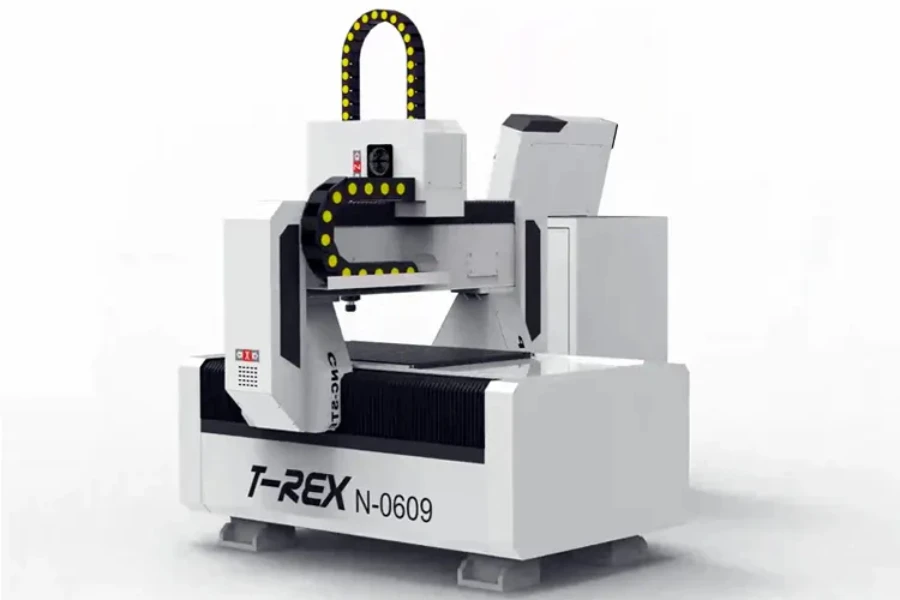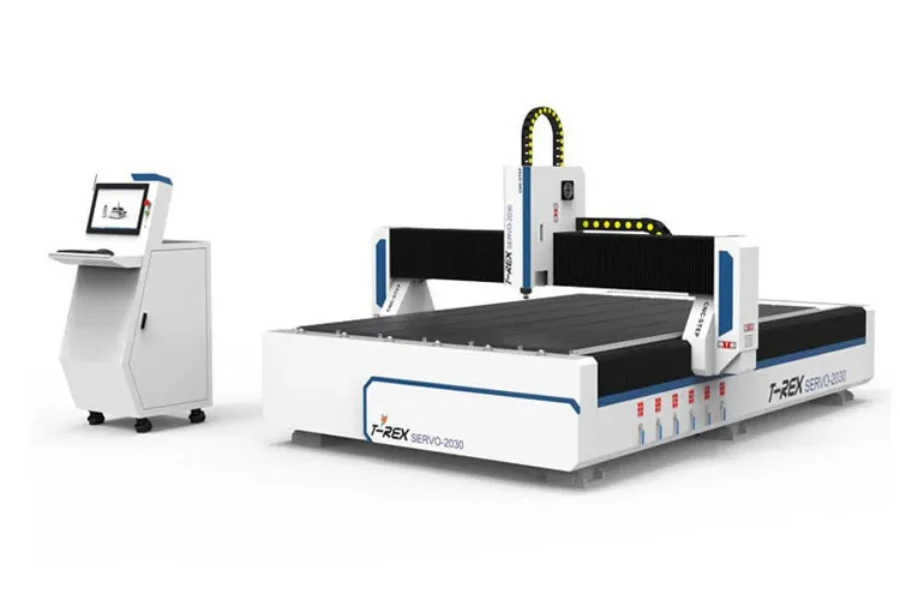1. Overview of German machine tools

Machine tool refers to the machine that manufactures machines, which processes the raw material or workpiece made of metal or other materials, to obtain the required geometric shape, size accuracy, and surface quality. It is also known as an industrial tool or a tool machine. It is the most basic equipment in the country’s manufacturing industry and plays a significant role in the construction of modernization in the national economy. As the economy develops, people’s demands for machine tools are increasingly higher. Machine tools have become a very important part of the modern manufacturing industry and have received attention from various countries.
Germany attaches great importance to the development of industry, and the development of industry requires manufacturing equipment, so the machine tool industry has a strategic and important position in Germany. Although the development of Germany’s machine tool industry is later than that of the United States, Germany is good at learning advanced technology from the United States and the United Kingdom, and strengthening scientific experiments and in-depth research, so the development of the machine tool industry is very rapid. In the development of the machine tool industry, Germany has continuously conducted in-depth research, pursued excellence in quality, and produced high-quality and advanced machine tools that are widely exported around the world. In 2021, among the global machine tool-producing countries or regions, Germany ranked second with a production value of 8991 million euros, second only to China. In global machine tool production, the German machine tool industry has a large scale and strong competitive advantages.
Since 2019, the proportion of German machine tool production value in the total global production value has shown a decreasing trend, from 23% to 18%. In 2021, the total global machine tool production value was 70.9 billion euros, a year-on-year increase of 20%. The production value of German machine tools and accessories (including spare parts, maintenance, etc.) was 12.9 billion euros in 2021, a year-on-year increase of 6%. The rapid growth of global production value indicates that the manufacturing processes of machine tools in various countries are gradually improving, the production value is also continuing to grow, and the global focus on machine tool production is gradually shifting.
2. Production value of German machine tools
In Germany, machine tools are mainly divided into metal forming machine tools and metal cutting machine tools. In the past, the production value of metal cutting machine tools was greater than that of metal forming machine tools, which was the main development direction. From 2017 to 2019, the production value of German machine tools showed a continuous growth trend. However, in 2020, the impact of the epidemic caused a sharp reduction in production value due to the suspension of work and production. In 2021, the production value of German metal-forming machine tools was 2,414 million euros, a year-on-year increase of 8.4%, and the production value of metal-cutting machine tools was 6,577 million euros, a year-on-year decrease of 0.39%. The total production value of machine tools increased by 1.82% year-on-year compared to 2020.
Since 2021, the downstream market and user sectors of the German machine tool industry have been experiencing strong and widespread growth, so it is highly likely that the German machine tool industry will achieve significant growth in 2022. VDW predicts that German machine tool production will increase by 14% in 2022, and the output value is also expected to see significant improvement.
In the metal cutting machine tool industry, the major production values in 2021 were machining centers and flexible systems; lathes and turning centers; and milling machines, with production values of 1,735 million euros, 967 million euros, and 861 million euros, respectively. Among them, machining centers and flexible systems account for 26% of the production value of metal-cutting machine tools. In 2021, the leading products in the metal forming machine tool industry were shearing machines, punching machines, and slotting machines, with a total production value of 514 million euros, accounting for 21% of the total production value of metal forming machine tools. In the long-term development of the machine tool industry in Germany, various sub-industries are involved, the product types are diverse, and the distribution of product production values is relatively even.

3. Analysis of Germany’s machine tool import and export value
Between 2017 and 2021, Germany’s machine tool industry has been mainly exporting, with an export value exceeding the import value. Since 2018, the export value of German machine tools has shown a decreasing trend year by year. In 2020, due to the impact of the pandemic, logistics and supply chain interruptions caused a significant drop in the total export value, which only began to recover in 2021. Imports have faced similar problems, with German machine tool import value showing a downward trend since 2018, especially in 2020. After the resumption of work and production in 2021, import and export values have increased. In 2021, the export value of German machine tools was 6,600 billion euros, an 8.64% increase compared to 2020, and the import value was 2065 million euros, an increase of 13.96% compared to 2020.
In 2021, China, the United States, and Italy were the main export countries of German machine tools, with export amounts of 1592 million euros, 971 million euros, and 480 million euros respectively. With the optimization and upgrading of China’s industrial structure, China is experiencing an important stage of transition from high-speed to high-quality development. As a result, the requirements for machine tools are gradually increasing. German high-quality machine tool products have a good reputation in countries around the world, making China the largest import country for German machine tools. In 2021, the main import countries for German machine tools were Switzerland, Italy, and Japan, with import values of 722 million euros, 291 million euros, and 283 million euros respectively. Switzerland specializes in manufacturing precision machine tools that are very compact, small and exquisite, easy to operate, and are favored by countries around the world. Germany’s imports of machine tools mainly come from Switzerland.
Source from Intelligence Research Group (chyxx.com)




